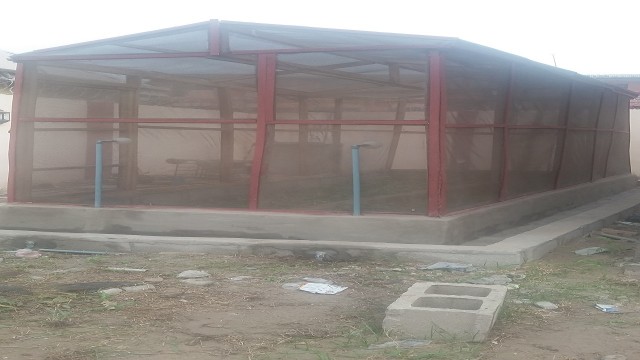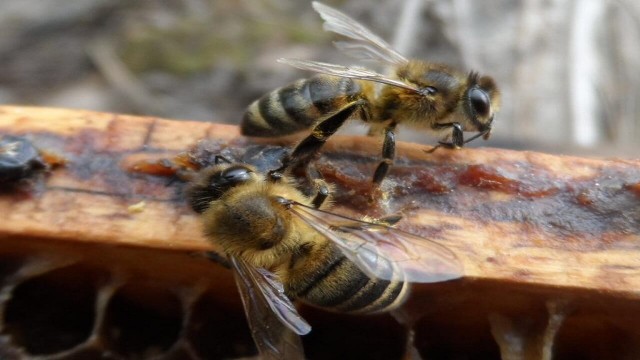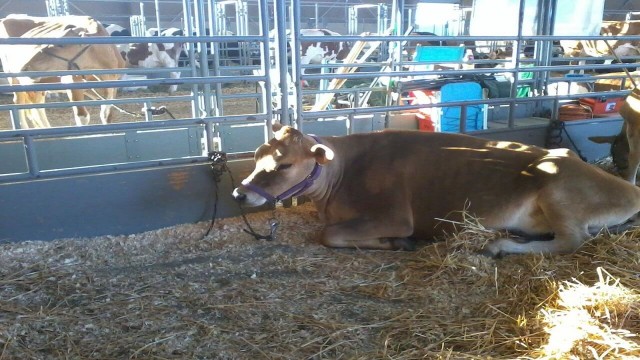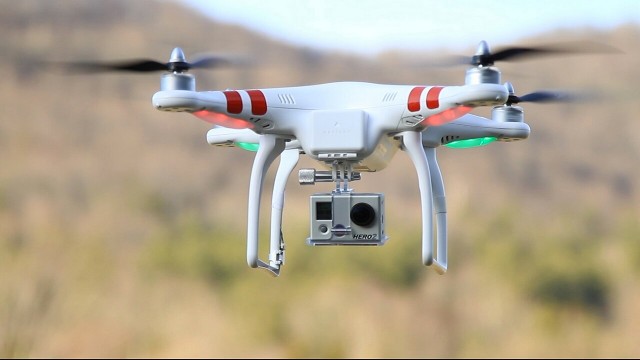
Researchers Try to Control Aflatoxin in Maize
August 19, 2024, 8:41 am
Aflatoxin B1, a highly strong carcinogen generated by the fungus Aspergillus flavus, is a common cause of contamination in maize.
Researchers Try to Control Aflatoxin in Maize
Aflatoxin exposure puts humans and other animals at considerable danger for health problems and hinders the agriculture sector's ability to make money. However, learning and creating control methods in a lab setting can be challenging because of the fungus's high transmissibility and the toxin's toxicity.
Researchers from Arizona State University and their international colleagues have developed a promising sterilizing technology that uses X-ray irradiation to diminish the vitality of Aspergillus flavus in infected maize. The study was recently published in the journal Toxins. This process sterilizes without causing the dangerous aflatoxin B1 (AFB1) that the fungus produces to deteriorate.
The technique prevents Aspergillus flavus from spreading spores and creating new aflatoxins by rendering the fungus inactive. Enabling other laboratories to participate in the battle against the prevention and control of fungal toxins is vital.
When toxin levels are stabilized, researchers may focus on developing and testing new remediation strategies that target aflatoxin breakdown without the added challenge of continuous fungal growth. The outcomes demonstrated that the fungal growth of Aspergillus flavus was inhibited by a low radiation dosage.
This research is a component of a bigger project by researchers at Arizona State University and partners from around the world, funded by the National Institutes of Health, to find low-cost strategies to reduce aflatoxin exposure and transmission in underserved populations.
"Despite the fact that aflatoxin has been known about since the 1960s, it is still a widespread issue," notes Hannah Glesener, the study's primary author. "X-ray irradiating organically contaminated corn is a promising move that advances the efforts of our research team to address aflatoxin-related problems including chronic malnutrition.”
Glesener is a PhD candidate in biological design at ASU's School for Engineering of Matter, Transport, and Energy. She also works as a graduate research assistant at the Biodesign Center for Health Through Microbiomes. In addition to assessing how the human gut microbiome may aid in the detoxification of food before it enters the bloodstream, the team is currently investigating cooking techniques that might be used in homes to manage this fungal toxin.
Study Overview
Under the direction of corresponding author and assistant research professor Lee Voth-Gaeddert, the primary goal of the study was to ascertain the ideal amount of radiation required to destroy fungal viability while maintaining aflatoxin B1 concentrations for use in later detoxification investigations.
These findings pave the way for the safe handling and investigation of tainted food products while maintaining the structural and chemical integrity necessary for rigorous scientific examination. It might result in fresh strategies for scalable and universally applicable countermeasures against mycotoxin contamination, especially in underdeveloped nations where regulations pertaining to food safety are frequently lax.












Share This Article: